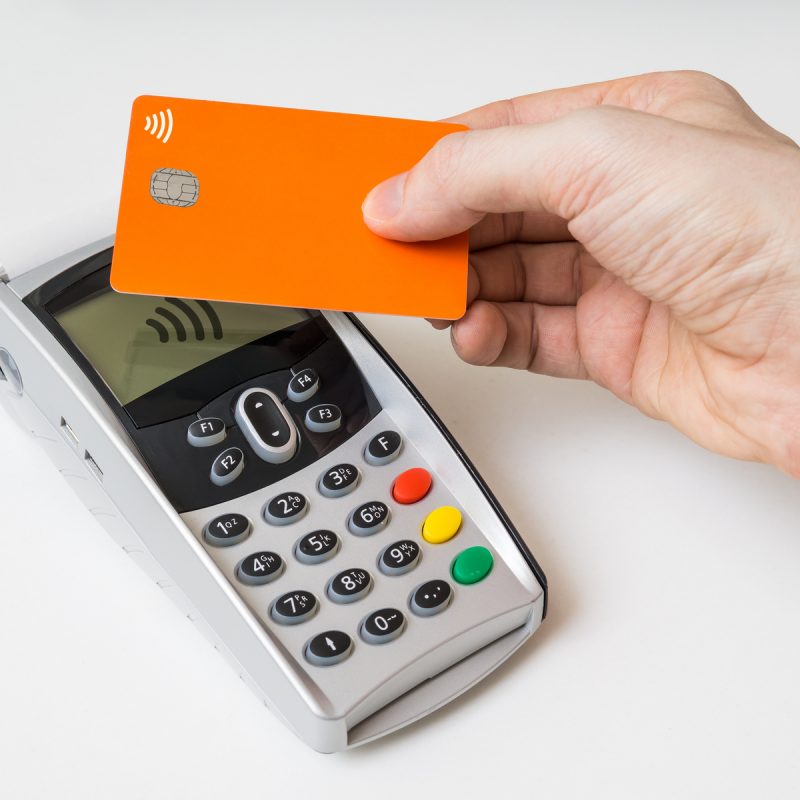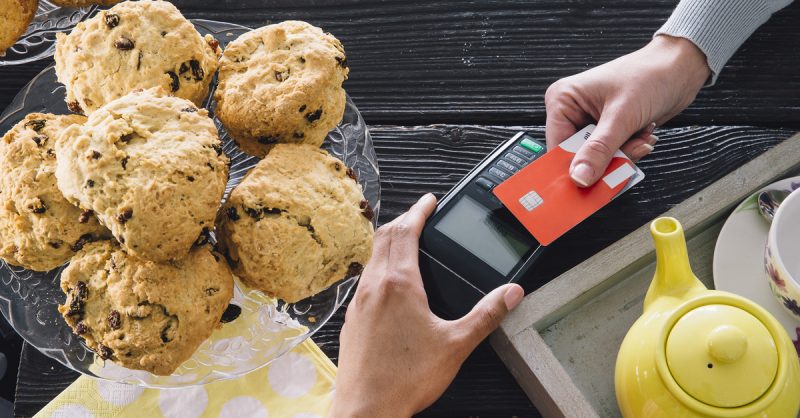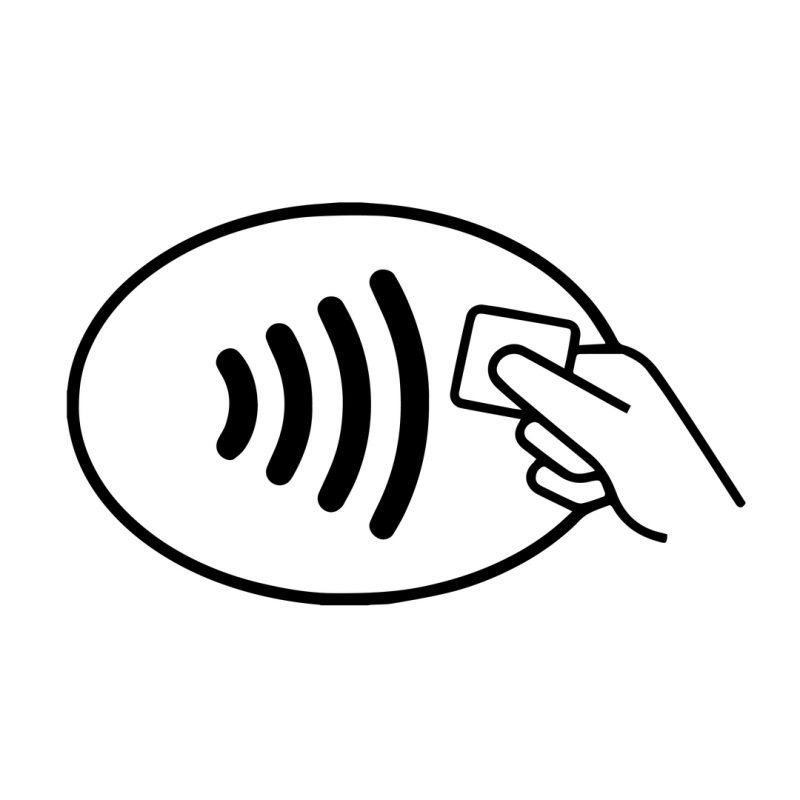Estimated reading time: 3 minutes
Contactless?
The contactless payment market was led by mobile devices at first, and has leaped towards contactless cards alone. Smart cards are projected to climb and rise in adoption rates, as these cards promise both convenience and speed. In developed countries (comparable to the US) contactless payments have been boosted by over the years. The number of card transactions skyrocketed by as much as 30% in just three years! Near Field Communications (NFC) tends to be used by mobile wallet apps, such as ApplePay and GooglePay. These have proven to be more effective than physical cards. Many retailers have switched away from the magnetic stripe cards, to cut away from fraud liability. The switch to the EMV chip has been proven to be more secure, yet many are still late to adopt the technology trend. Many feel this is the reason, due to the unawareness of these transitions.
From EMV with Love
EMV mandates have gotten a lot of contactless-enabled devices added to their hardware setup, as time goes on. This comes as an advantage. Hardware upgrades can typically pose as a challenge, because it’s difficult to acquire the desire to welcome change into the workplace. With an update of hardware and software comes a full training of employees and difficulties as well.

The Unawareness of it All
Unfortunately, SMBs don’t see the value of contactless payment terminals that don’t offer additional functionalities, such as the following. For them, it’s just another way to accept and process a credit card payment. Time will tell how they relate their ability to integrate these cards into their current business plans.
| Loyalty Programs |
| Coupons & Promotional Codes |
| Additional Up-Sells |
In 2018, awareness was one of the largest challenges that retailers would face. All of those weekly Brunch outings and coffee shop pit stops, consumers are eager to pay with their mobile devices, but are unaware on how to do so. It’s recommended that some visual aide or way-finding signage can benefit this update. SMBs will continue to lag in communication tactics with their customers, in regard to contactless payments. The appropriate signage and information is projected as well as large retailers and restaurants. Where do I tap my card? This question is likely to lead the way towards overall confusion.
Pros & Cons of Contactless Payments
 Contactless payments are viewed as a convenient alternative to paying with cash, PIN and even the chip cards, for so many reasons. You won’t be wasting your time entering your PIN number in front of other shoppers, which could be seen as a compromise of a secure checkout experience. Stemming off of that, these new contactless cards have many security measures in place, right off the bat. Not only will you achieve a “coolness factor” for paying through tap-n-go card, you’ll also accomplish many other advantages.
Contactless payments are viewed as a convenient alternative to paying with cash, PIN and even the chip cards, for so many reasons. You won’t be wasting your time entering your PIN number in front of other shoppers, which could be seen as a compromise of a secure checkout experience. Stemming off of that, these new contactless cards have many security measures in place, right off the bat. Not only will you achieve a “coolness factor” for paying through tap-n-go card, you’ll also accomplish many other advantages.
Contactless cards use the most secure encryption standards, making it nearly impossible for data to be stolen. These cards also never transmit your card’s number. A RFID chip, inside the card, creates a unique number during the transaction, so if a criminal were to intercept the this process, that number would be completely useless.
On the flip side, contactless cards can carry risks as well. Although not common, stolen or lost costs can have purchases made on them. As soon as you notice your card has been misplaced, be sure to report it missing. In addition to that, it’s perceived that contactless cards haven’t fully been adopted in the US yet, making it difficult to find a shop to utilize these tactics.
Contactless Cards, Moving Forward 
- Is the consumer adoption of mobile wallets accelerating?
- What can be done to further encourage adoption?
- Will the issuance of contactless cards drive customers to hop onboard?
The answer to the first question is likely yes and that’s due to the fact that we are constantly evolving and technology is always climbing that hike. All we can really do is sit tight and remain hopeful that more businesses will adopt the contactless technology needed to make those operations possible. On the business owner side of things, contactless payment processing solutions have many benefits and aren’t as scary as they seem. ISVs can help to make this transition easier for end users and business owners, so that there’s no underlying confusion or concerns.
The West Coast can attest for most progression towards contactless terminals and acceptance. Many customers are just so comfortable with having their purses or wallets on them for comfort, while out on the town. Tap-n-go contactless cards, instead of sticking with mobile device payments supports this desire and will put many consumers at ease.

